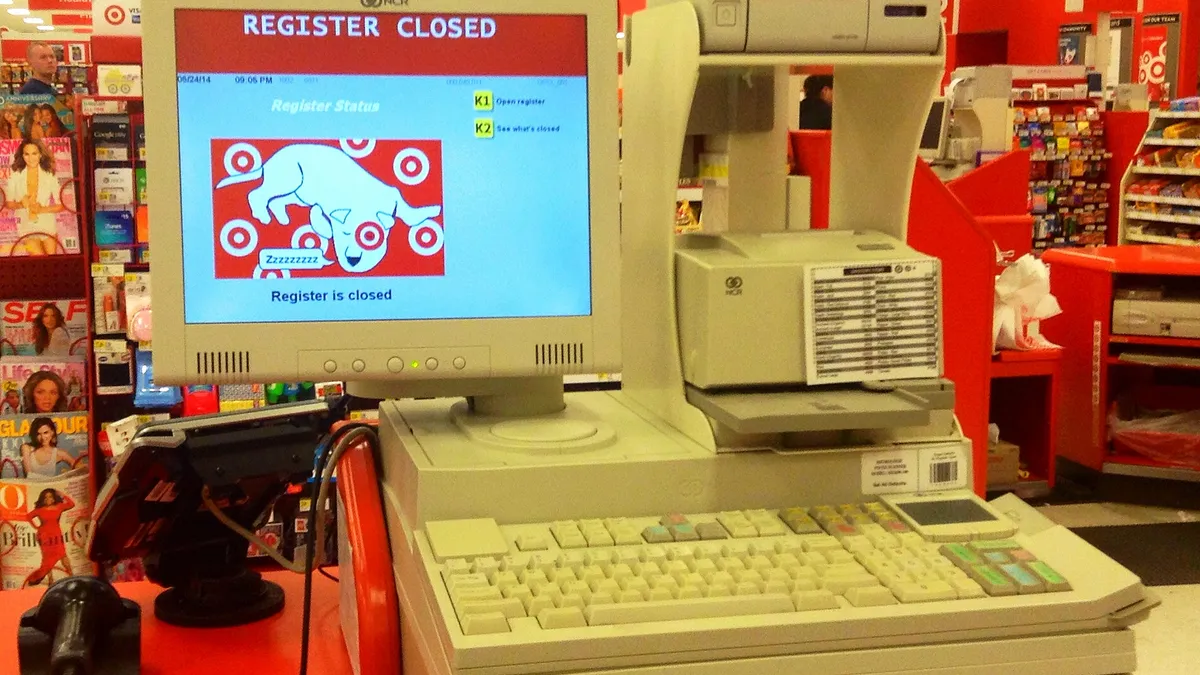Tim Grabacki oversees product management activities for the currency and coin product portfolio for Cummins Allison. He also manages the short- and long-term product and project priorities through road mapping.
New and nontraditional competitors, razor-thin profit margins and disruptive events are challenging the grocery marketplace. To satisfy customers and grow revenue streams, grocers are seeking new ways to compete effectively in this changing environment. Most grocers are taking a long, hard look at their operations to find new opportunities to increase efficiencies and reduce costs.
One area often overlooked is cash handling. In fact, many grocery stores continue to use the same cash management practices that have been in place for decades — including hand counting. Yet, by making modest investments in new cash counting technology, grocers can reap significant time and labor cost savings.
Think shoppers don’t use cash for their grocery transactions? Think again.
Even with the prevalence of credit and debit cards and the emergence of new digital options, cash continues to play a crucial role in consumer spending. More than 90% of shoppers carry cash and use it most often for small purchases, so it’s not surprising that cash still accounts for 40% of all transactions in the U.S.
Particularly in grocery stores, cash remains an important form of payment. Cardtronics reports that cash is “stubbornly strong at the point-of-sale,” with 43% of shoppers opting for cash at the grocery store. It’s clear: cash isn’t going away anytime soon. And that’s good news because cash transactions support grocer’s cash flow, present less risk of fraud and are the least costly type of transactions. Yet, cash can also have disadvantages. Bills can stick together and lead to inaccurate counts, get misplaced or stolen, or mount up leading to lengthy balancing at the end of the shift or day.
Today’s quality cash-counting technology can help improve efficiency and security by ensuring that cash counts are accurate and reported in real time.
Handle cash better, save time and money – it’s that simple!
According to the National Grocers Association, labor costs represent approximately 14% of average revenue for grocery stores. And with labor costs so high, grocers certainly want their employees to spend time on the most impactful work possible – not wasting their valuable time manually reconciling drawers when this can be automated.
For example, if it takes 14 minutes, on average, to count 11 drawers by hand — every day, that’s an average of more than 2.5 hours spent daily counting drawers. For companies that generate more than 12,000 weekly transactions per store, the average rises to 3.5 hours per day.
Consider the many tasks throughout a day in which cash is handled:
-
Cashiers counting drawers before and after their shifts
-
43% of customer transactions.
-
Store cash audits taking an average of 3 hours per audit.
-
Processing change orders, cash deposits, safe management, reconciliation and more.
Time spent in handling cash at a grocery retailer can total up to 15 hours per week, or nearly two full working days.
It’s time for grocers to automate cash handling.
Grocery retailers who take advantage of efficiency-boosting tools, such as currency counters, are able to protect their businesses from unnecessary costs. These tools can better enable grocers to:
-
End shifts on time
-
Cut overtime costs
-
Extend deadlines
-
Improve employee morale
-
Avoid the embarrassment of mistakenly passing counterfeit bills on to customers
With the solutions that automate counting, eliminate errors, streamline processes and generate incremental profits, grocers can conquer their cash handling challenges. And by working with a vendor who understands the margin pressures and daunting challenges that grocers face, grocers can identify key opportunities for improving profitability and the experience of shoppers









